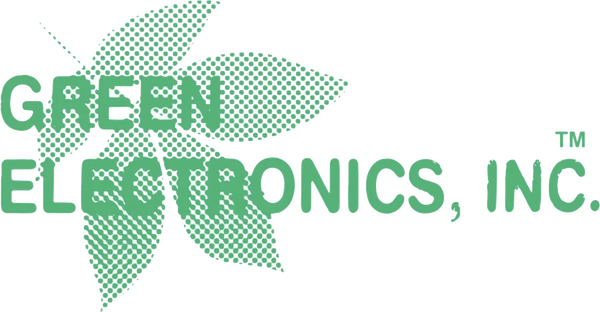The Role of Green Electronics in Combatting Climate Change

In the face of escalating climate change concerns, it is imperative that we explore sustainable solutions across all sectors. One area with significant potential for positive impact is the electronics industry. Green electronics, also known as eco-friendly or sustainable electronics, play a crucial role in combatting climate change. This blog examines how green electronics can contribute to environmental preservation and a low-carbon future.
Reduced Energy Consumption:
Green electronics are designed to minimize energy consumption throughout their lifecycle. From manufacturing to usage, these devices are engineered to be energy-efficient. Advanced power management features, smart sensors, and low-power components are employed to reduce electricity demand. By embracing green electronics, individuals and organizations can significantly lower their carbon footprint and contribute to a more sustainable energy landscape.
Lifecycle Assessment and Design:
Sustainability-focused electronics manufacturers conduct comprehensive lifecycle assessments to evaluate the environmental impact of their products. They prioritize eco-friendly materials, recyclability, and responsible disposal practices. Green electronics are designed with modularity in mind, enabling easy repair, upgradability, and component replacement, which extends the lifespan of devices and reduces electronic waste.
E-Waste Reduction and Recycling:
The rapid pace of technological advancement results in a staggering amount of electronic waste, or e-waste. Green electronics aim to tackle this issue through responsible recycling initiatives. They incorporate recycled materials in manufacturing processes, reducing the need for extracting raw resources. Furthermore, green electronics manufacturers often offer take-back programs to facilitate proper disposal and recycling of their products.
Renewable Energy Integration:
To align with the goal of a low-carbon future, green electronics embrace renewable energy integration. Solar-powered gadgets, energy harvesting technologies, and wireless charging options are becoming increasingly common. By harnessing renewable energy sources, green electronics contribute to a cleaner energy mix, reducing reliance on fossil fuels and associated greenhouse gas emissions.
Consumer Awareness and Education:
The adoption of green electronics relies heavily on consumer awareness and education. Individuals need to understand the environmental impact of their electronic choices and the benefits of choosing sustainable options. By promoting the importance of green electronics, both manufacturers and consumers can drive positive change and influence industry practices.
Conclusion:
Green electronics have a pivotal role to play in combatting climate change. From reduced energy consumption and lifecycle assessment to e-waste reduction and renewable energy integration, these eco-friendly devices contribute to a more sustainable future. By prioritizing green electronics, we can make significant strides in mitigating climate change, preserving the environment, and building a greener and more sustainable world for generations to come.








